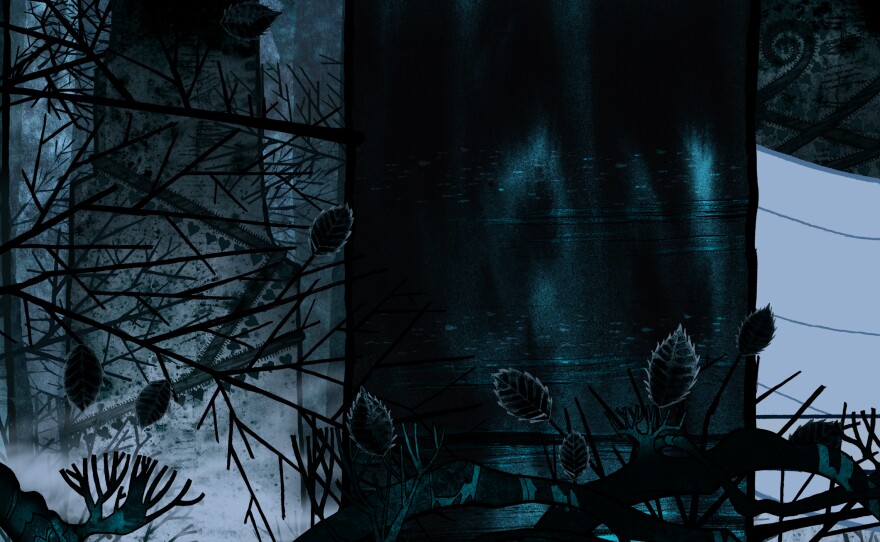From producers of “Kirikou and the Sorceress” and “Triplets of Belleville” comes the Irish animated tale, “Secret of the Kells” (opening April 2 at Landmark’s Ken Cinema).
“Secret of the Kells” arrives by way of Ireland, France, and Belgium, and was one of the nominees for best animated film this year and although it is not without its charms I can’t see why this made the list and Hayao Miyazaki’s “Ponyo” was left off. But then Disney probably didn’t want “Ponyo” (which Disney distributes in the U.S.) to get nominated and provide real competition for its own “Up.” Such is the politics of current film animation. Anyway back to the "Kells."

At the center of “Secret of the Kells” is a young boy named Brendan (Evan McGuire). Brendan lives in a 9th-century abbey in Kells, Ireland, where his cautious uncle, the Abbot Cellach (Brendan Gleeson) watches over him and the abbey. The Abbot is obsessed with protecting his community from invading Viking hordes. His focus is on building a giant wall designed to keep the invaders out. But little Brendan is obsessed with something very different. He wants to learn the secrets necessary to help Brother Aidan (Mick Lally) finish his great and magical Book of Iona. In order to do this, Brendan ventures beyond the safety of the abbey walls and into the forest where he meets a fairy girl as well as an array of creatures, including a dark ominous one. But Brendan is willing to take any risk to help preserve and finish the holy book that promises to "turn darkness into light."
The two-dimensional animation of “Secret of the Kells” recalls the recent "Azur and Asmar," which also came by way of a French-Belgian co-production. Both films remind us of the delights of intricate two-dimensional animation. In “Azur and Asmar” the tile work of ancient Persian buildings provided the intricate designs for many of the backgrounds and also endowed the film with a particular cultural flavor. In “Secret of the Kells,” it’s the hand painted illuminations in the book's text that make for the delicately complex patterns that fill the screen. But Michel Ocelot’s “Azur and Asmar” developed a more compelling narrative with more fanciful and breathtaking images.

Tomm Moore’s “Secret of the Kells” is charming and often impressive to look at but it doesn’t engage us on the same level as say a Hayao Miyazaki anime (which is also 2D animation with occasional computer enhancement). At times the animation style of "Secret of the Kells" recalls TV’s “Samurai Jack” but Moore doesn’t have the narrative strength of that innovative TV series. Moore has a fine visual sense creating beauty, humor, and even terror with his bold sense of color and design. The pages of the magical book come to vivid life with multiple flat moving planes of animation, and the forest proves a dense canvas for fantastical flora and fauna. But Moore is less skilled weaving a dramatic tale with characters that compel us. He's a good visualist but not yet a good storyteller.

“Secret of the Kells” (rated PG) is refreshingly different from American animation both in terms of the technology employed, and the tone and pace of the storytelling. It lacks the condescension and hysterical yuk-yuk pacing of most Hollywood animation that is designed as a kid product. "Secret of the Kells" is a more mature and artistic work. In the end, Moore delivers a visually enchanting work that sparks our curiosity but never delivers fully on its narrative.
Companion viewing: “Azur and Asmar,” “Samurai Jack” (TV series), “Ponyo”






